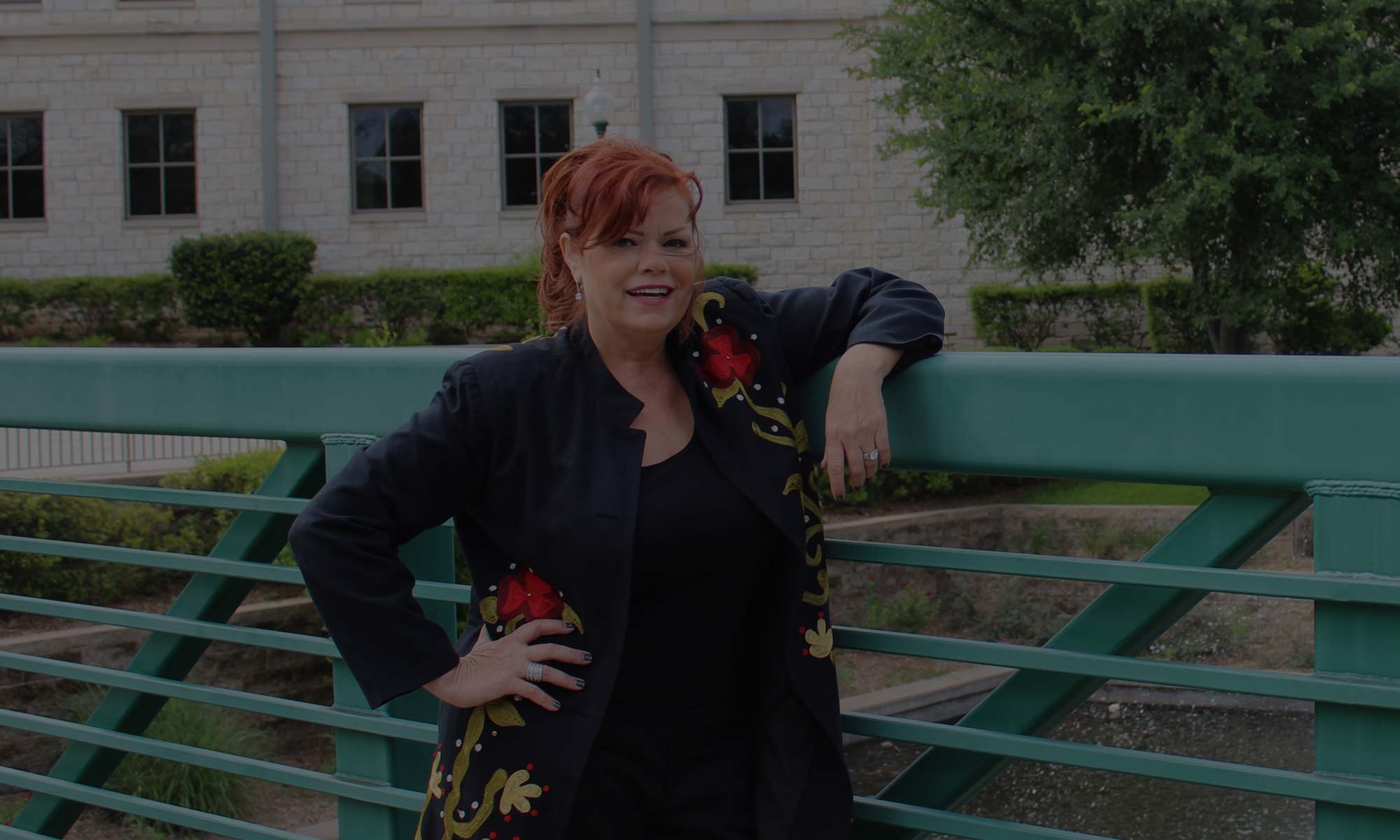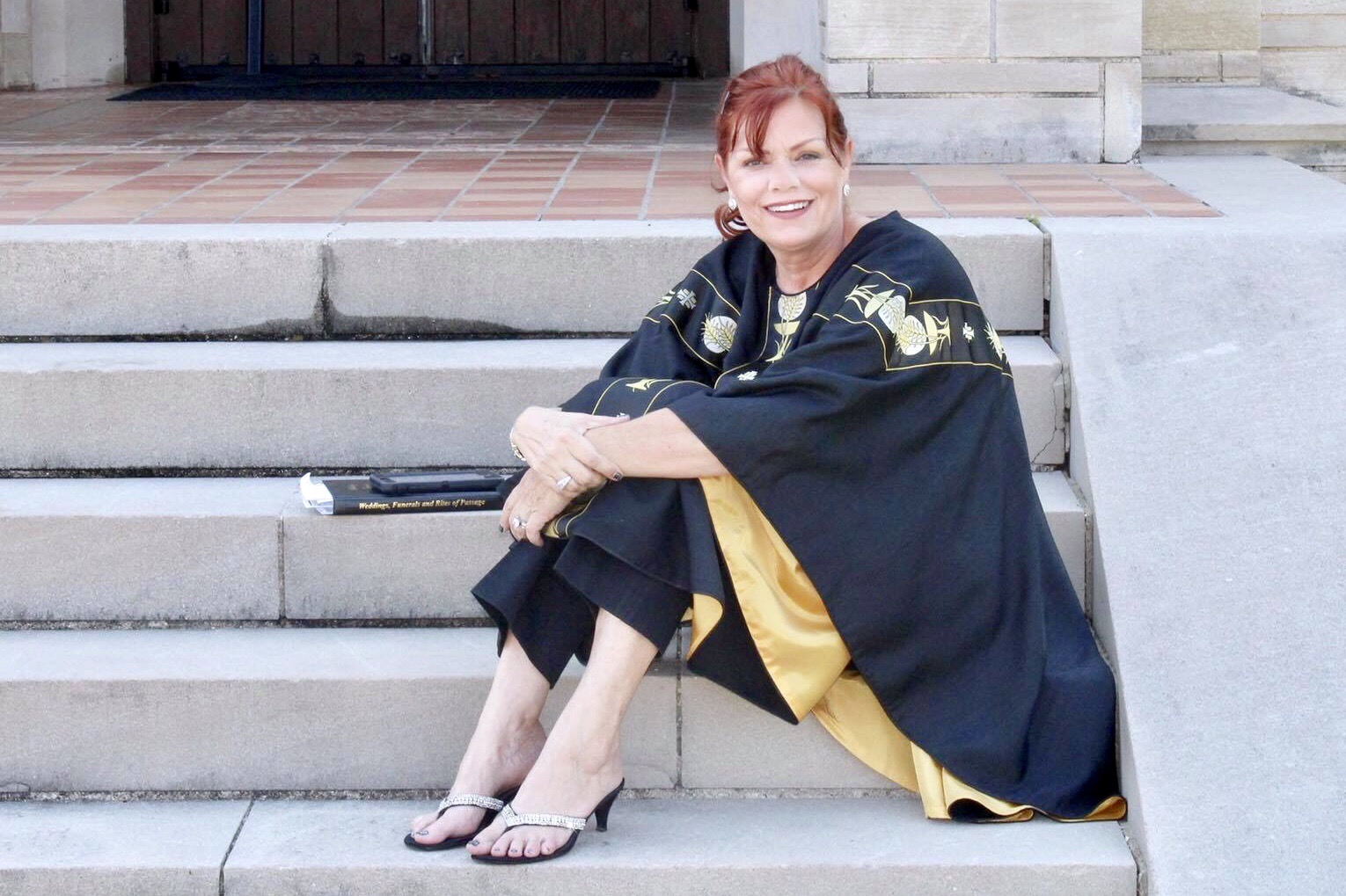Last night a rather surprising text regarding wearing a costume to a TDCJ Wedding came through. While I would love for everyone to wear whatever they want, it’s something that neither you or I can “choose.”
Let’s review attire on wedding day once more time ya all. Shoulders must be covered. Dress lengths must be within 3″ from the middle of your knee. While costumes are not directly addressed on TDCJ’s site, I have never encountered a situation where wearing a costume would be deemed “appropriate.”
Why? Because we are at a prison and we don’t make the rules. Under TDCJ’s visitation dress code guidelines, there is a note that the Unit Captain has the final say. Why is this important? Because even if you are or feel you are within the dress code, the Captain can and will hand you a cafeteria smock if he feels you are dressed out of code.
Each state has a visitation dress code. Certain states such as Texas allow sandals and flip flops while other states don’t.
What to remember on wedding day at your Unit Wedding is that the majority of all of our service area states follow visitation guidelines pertaining to your attire on wedding day. what this means is that certain Units have “Allowed” wedding dresses as long as they are within the code.
Certain Units will not allow wedding dresses. The Unit decides not us.
On more than one occasion in Texas, my brides have been so closely scrutinized regarding dress lengths and cleavage that it’s best to bring an additional change of clothing “just in case.” Why? Because if someone at the Unit finds fault with what you are wearing, the Unit can insist on a cafeteria smock to enter the Unit.
Clothing for my male clients has never been an issue. Perhaps because dress lengths vary and low cut shirts and blouses can be deemed “too revealing,” the reasons I address your clothing being an important aspect of our visit to the Unit is to protect you from being handed a cafeteria smock on wedding day.
No one wants to walk into a Unit wearing a full length long sleeved button front cafeteria smock.
If you have doubts or wish to have a second opinion about your wedding day wear, please feel free to text me photos.
TDCJ Visitation Dress Code Guidelines…
Visitors are encouraged to dress conservatively.
Sandals, flip-flops, and open-toe shoes may be worn.
Clothing that is tight fitting, revealing, or made with see-through fabrics shall not be allowed.
Sleeveless shirts and dresses are allowed, but must cover the shoulders.
Shorts and skirts no shorter than three inches above the middle of the knee while standing, capri pants, or long pants are allowed.
Length is not restricted for pre-adolescent boys and girls, generally ages 10 and younger.
Clothing with pictures or language that may be considered profane or offensive by current public standards shall not be allowed.
Note: The duty warden shall make the final decision on whether clothing is appropriate. READ THIS LAST SENTENCE AGAIN.
Even if you are within visitation dress code, IF A DUTY WARDEN deems your attire “inappropriate,” they can and will hand you a cafeteria smock. If you refuse to wear this item, your wedding will be canceled.
My first encounter with the “dreaded cafeteria smock” being handed to a client was at TDCJ Torres Unit. My client initially refused to wear the smock. After a visit from the Warden in the shakedown area and a lengthy discussion from me after driving 5.5 hours to the Unit though, my client in fact did wear the garment. Otherwise, her wedding would have been canceled. Remember the Warden signs off on the I60 Request For Inmate Marriage. The Warden can and does CONTROL who CAN marry at their Unit. I strongly discourage arguing with staff at ANY Unit state or federal that I conduct ceremonies at. Your behavior is outlined in my contract.
My second encounter was at TDCJ Allred Unit. My client had sent a text of the dress she planned to wear to me BUT it was of a model and not her. My client was taller than the model and due to this issue her dress length and the “cut” of the dress wasn’t within 3″ of the middle of her knee. There’s a reason I ask for photos of you in the dress rather than a photo you found online. Allred Unit IS THE REASON. The photo of the model had the dress length hitting BELOW the knee rather than above it. Although her shoulders were covered and no cleavage was visible, the cut on the front portion left a 4-6″ visibility of her knee. Because I had nothing for her to change into, being handed a cafeteria smock literally upset her to such an extent that I had to assist her walking to the visitation area.
Clothing near misses? I’ve had a few. At TDCJ Holliday Unit, I pulled my brides tank under her tee shirt up in the front and down in the back to prevent her from needing a smock.
At TDCJ Polunsky Unit, my brides dress was within code in the front and out of code on the back. Why? Hips shortened the length in the back. Even after pulling the slip in the back down for the Duty Guard, the dress was still not within the 3″ guideline. Luckily, my bride had a long sweater that she retrieved to wear into the Unit. Otherwise, she would have been wearing the cafeteria smock.
While “pushing the limits” regarding the dress code has consistently backfired for a few people that were unaware of a Duty Captain having the final call on clothing, you should know that they have the power, custody and control to decide whether what you are wearing is “acceptable” or not.
Let’s review how and why I encourage you to send me photos of you wearing the outfit and not a photo of the outfit you found online. A model could be shorter than you. A model could be less buxom than you. A model can have a lack of hips that make the dress appear longer in the back. I need to see a photo of you wearing the outfit to check the length, the cleavage and the back of the dress as well as the fit to ensure it isn’t too tight or revealing.
At Buster Cole Unit, my bride was told her pants were too tight and revealing. Luckily, I had been to the cleaners and had clothes that would work in my suv. Otherwise my bride would have worn a cafeteria smock.
If your pants are too tight or too revealing, even pants can be outside the code.
I’m going to once again revisit that regarding your relationship with an inmate that YOU ARE IN CHARGE not the inmate. Continued correspondence from clients who feel the “inmate is controlling them from the inside” are alarming. Know your worth. Know your value. You are doing it all on the outside and you are doing it alone.
Leaving Belltower Chapel yesterday, a text from an unfamiliar number regarding “needing a divorce ASAP” came through. Because of this and because my client and not the inmate are my priority, I sent a link for a Pro Se (self filed) Divorce in Texas.
Based on your income, you may qualify for an “Indigent Filing.” What is this and how does it work? Certain instances and situations qualify for a waiver on filing fees. Remember that if you are self filing your own divorce that you are expected to follow the Texas Family Code. If you need the link from the Texas Bar Association, here it is Pro Se Divorce Handbook Texas Bar Association.
Choosing whether to represent yourself or hire an attorney is a personal decision. Understand though that you will need to follow the Texas Code by filing in the county you reside in.
I’m at county jails and clerks offices today and available by phone, text, email and DM on FB and Instagram social sites. I do not respond to DM’s on Twitter due to spam and my burdened schedule.


